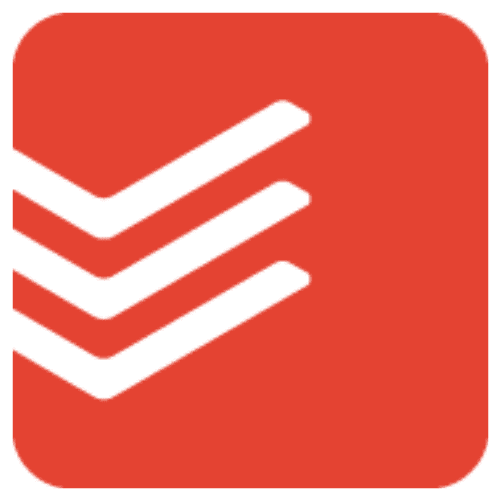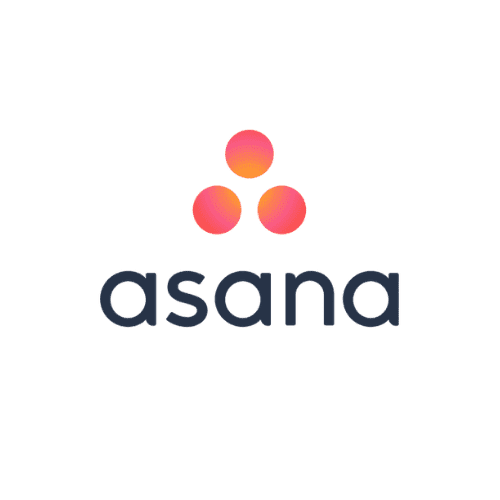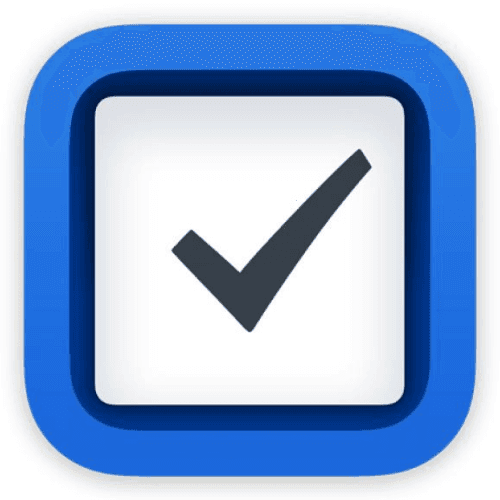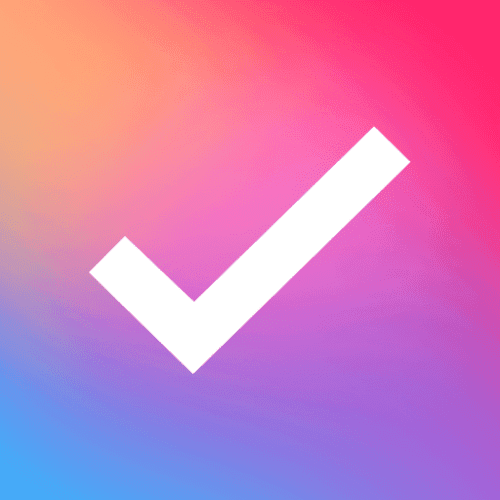- Free Version: Available for teams of up to 10
- Pricing: Premium plan $24/month (with free 30-day trial period)
- Platforms supported: Available on mobile app (iOS and Android) or a web-based software
Why use SafetyCulture?
SafetyCulture is an award-winning and intuitive checklist application that allows users to create or customize their own checklists, generate comprehensive reports, and perform regular inspections using a tablet or mobile device. Aside from digitizing paper forms and effectively managing daily on-site tasks, the SafetyCulture app is also a versatile checklist software that various large industries across the globe can use. SafetyCulture enforces teams across the globe to establish a culture of raising safety and quality together.
- Access a public library with thousands of checklists and templates
- Create and customize your checklist with a smart checklist maker
- Generate detailed reports instantly in different digital formats such weblink, PDF, Word, or CSV
- Analyze trends and and issues in a business process with Analytics
- Integrate third-party applications and have access to online dashboards for better visibility
Why use Todoist?
Todoist is a top-of-the-line productivity app that can be used by both individuals and businesses to keep track of tasks, plans, goals, and projects in one glance. This checklist app enforces its users to spend more time fulfilling tasks rather than focusing on managing them.
Features:
- Create your daily tasks in seconds
- Tag your tasks accordingly as favorites, subtasks, and priorities
- Delegate tasks to different collaborators
- Free Version: Available.
- Pricing: Contact Todoist for Pricing Details.
- Platforms supported: Available on web, IOS, Android, Windows, and Mac.
Why use Asana?
Asana is a collaboration and productivity app used in managing projects, teams, and workflows. This tool helps users to systematize work and convert all goals into achievable plans. It helps users to monitor the progress of the projects and tasks step by step and keeping all involved people aligned and synchronized.
Features:
- Mapping out project plans and setting timelines and milestones
- Online dashboard for better visibility
- Turn common processes into templates
- Free Version: Available.
- Pricing: Starts at $10.99 per user, per month billed annually.
- Platforms supported: Available on web, IOS, Android, Windows, and Mac.
Why use Things?
Now on its version 3, Things is a task manager champion that helps users get their things done. This app is only available for Mac, iPhone, Apple Watch, and iPad users. It is best known for its ease of use and aesthetic UI that users enjoy when organizing their checklists, calendar views, multiple windows, and reminders.
Features:
- Supported by other 3rd party apps
- Structures your tasks, projects, and checklists according to your role
- Assign due dates and timelines
- Free Version: Not available.
- Pricing: Download for $9.99.
- Platforms supported: Available in Mac, iPhone, and iPad.
Why Use To Do?
Microsoft’s To Do can be used by almost anyone who wants to basically organize daily activities and increase productivity. It is a free application that can serve as a personal tool or a partner tool with your main project management software you used in business.
Features:
- 100% Free
- Easily create main tasks and subtasks
- Ability to upload a task and attach documents, images and other files
- Free Version: Available.
- Pricing: To Do is completely free.
- Platforms supported: Available on web, IOS, Android, and Windows.
Why use Zenkit To Do?
Zenkit To Do is a simple task management tool designed for individuals and teams. This checklist app can be used to complete projects and encourage strong team collaboration. With Zenkit, users can add deadlines for the tasks you frequently do every day.
Features:
- Add due dates and reminders
- Break down tasks into smaller chunks
- Sort and search your tasks easily
- Free Version: Available for personal use.
- Pricing: Starts at 4€ per user per month.
- Platforms supported: Available in the web, IOS, and Android.
What is a Checklist App?
A checklist app is a software you can use to convert your paper forms into online checklists. Thus, making it the creator of online checklists. As technology advances, checklist apps become interactive and structured so that they not only function as a to-do list app but a powerful tool that businesses can use to manage tasks more efficiently and increase productivity across an organization. Beyond streamlining workflows and processes, a checklist app can now be used to gain insights on improving an organization’s quality, safety, and security through regular workplace inspections and reporting.
Here are some needs-analysis questions that can help you determine the value of using checklist apps:
- Do you often forget things?
- Do you feel that you are mismanaging your time?
- Do you end the day with still so much on your plate?
- Do you need a single place to put and see all of your tasks easily?
- Do you find it hard to prioritize things?
- Do you have routine work to be done?
- Do you want to see where you currently are with your goals?
- Do you want to gain insights into some issues you are facing and to what is performing and not?
Why Use a Checklist App?
According to a survey conducted in 2017, there’s about 75 percent of employers say that there are more than two hours of efficient work lost every day. Another research states that 57 percent of employees say that work-related stress makes them feel disengaged and unproductive. Explore digital solutions that will help improve workflows and processes to boost team productivity and performance.
In a recent study on healthcare processes, the implementation of online checklists into their daily workflows helps them to replace paper-based systems to a digital workflow that brings about healthcare improvement opportunities. This includes streamlining reporting and tracking processes and even analyzing trends and issues.
Based on a case study conducted for a manufacturing plant in 2016, using a single online checklist helped them save $125,000 annually. The factors that contributed to this were the increased compliance by 80% in 2 months, reduced both loading and waiting times by 25% and 43% respectively, and reduced backorders by 44% in the operations. The study has also shown that using online checklists allowed plant and production managers to identify trends and issues that they never thought existed. Also, this platform greatly helped them fix problem areas.
In the construction industry, using online checklists helps accelerate processes and reduces costs by automating methods of tracing losses and inaccuracies. It helps allow more effective communication over records and the distribution of tasks. More so, it became a vital part of ensuring the success of a project.
For retailers, using a digital platform mainly helps the staff with store opening and closing, housekeeping, inventory and product checks, and monitoring. On a higher level, technology helps a retail business improve its visibility of daily store operations, reduce time in generating reports, and prevent duplicative work that affects employee productivity.
What Makes a Good Checklist App?
- Manages tasks effectively – The main purpose of utilizing a checklist app is to organize the user’s regular tasks and manage them easily. This includes the ability to schedule tasks based on priority, and assign actions or reminders to teams or key persons involved. Also, it should be able to do time tracking to measure productivity more efficiently.
- Easy to use – tools that are user-friendly are highly likely to be chosen above the very complex ones. They should be flexible and easy to understand and navigate. Remember that users are switching to digital solutions because they eventually want to escape from the hassle and stress that they get from their existing process. Also, it should easily capture information to let the users spend more time in doing the job instead of spending their time configuring how to enter this information.
- Provides a good task visualization – as users want to organize their tasks and prevent getting lost in the sea of information, leading them always to the bigger picture helps them see whether they are winning or losing. Providing good visuals and dashboards can also help them identify risks, issues, and problems that they can act on immediately.
- Improves communication across teams – a checklist app is not only used to improve workflow but should be used to communicate and report relevant information to other teams as well. This helps the people within the organization to be aligned with the goals and desired outcomes of a project.
- Securely stored and fully accessible – aside from accessing your checklists on a mobile, desktop, or tablet device, all data and information that you put into these apps should be stored and secured in a safe cloud. This greatly reduces the chance of losing your data and effort and most importantly, saving the relevant information for documentation and reporting purposes.






